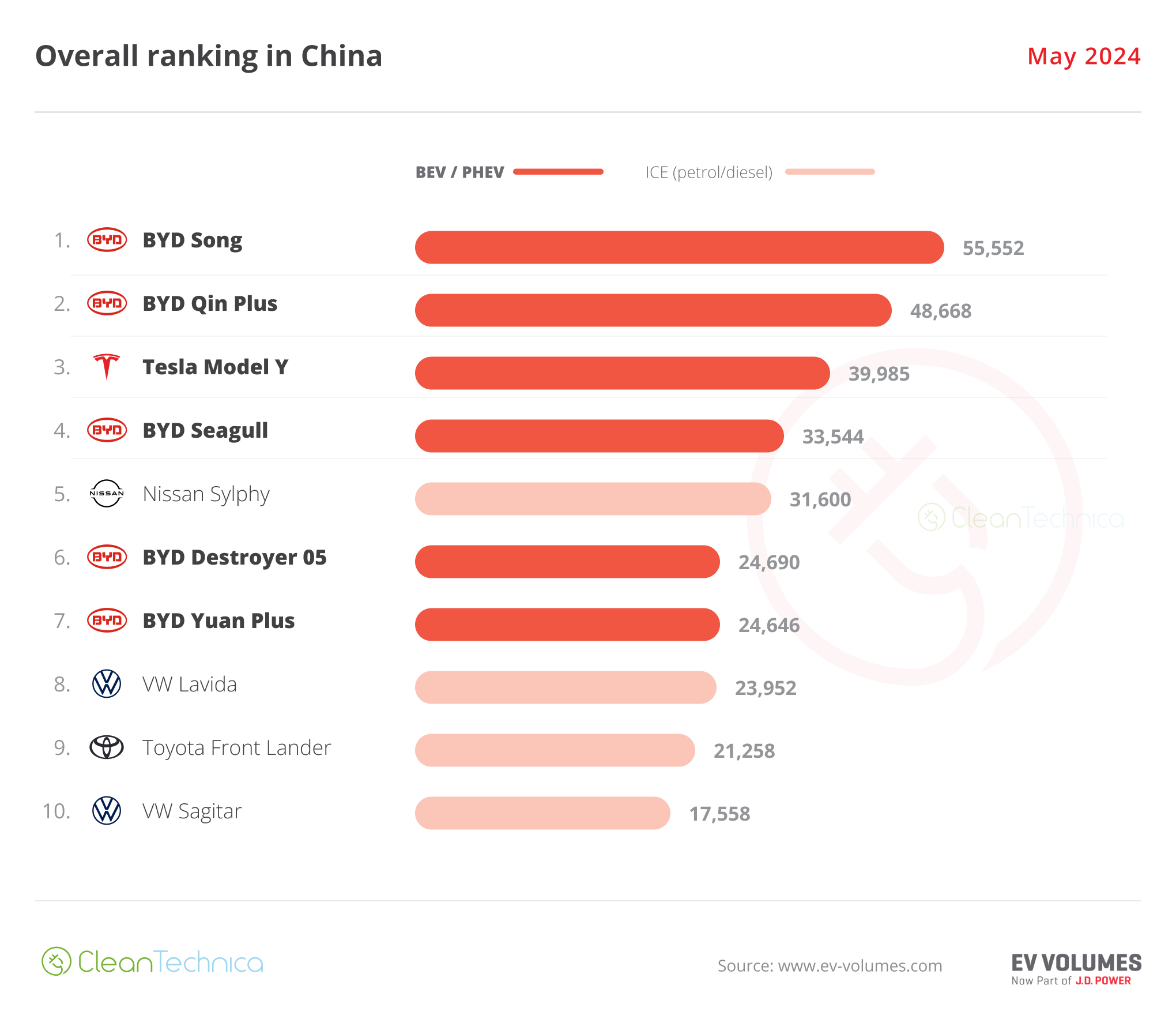
Every day, a satellite passing over Antarctica records the amount of sea ice surrounding the continent. In 2016, there was a record amount of ice, but every year since, there has been less and less of it. Normally, at this time of year, there would be 16.4 million square kilometers of sea ice. This year, the total is just 14.1 square kilometers.
The difference — 2.3 million square kilometers — is the size of Mexico. There is less sea ice this year than at any time since 1979, when records first started being kept. Not only is there less ice, but the reduction is occurring almost all the way around the continent’s 18,000-kilometer coastline.
The current sea ice anomaly remains more than 2 million square kilometers below the 1981-2010 average for this time of year (https://t.co/V0Lt0w1sTi). pic.twitter.com/Q2zIgogCIm
— Zack Labe (@ZLabe) July 23, 2023
3 Reasons For Low Sea Ice
Melting sea ice doesn’t raise sea levels because it’s already floating. But Dr Ariaan Purich, a climate scientist at Monash University and an expert on the continent’s sea ice, tells The Guardian there are three reasons to be concerned about the low ice levels.
- Loss of ice means less of the sun’s energy is reflected back to space, which leads to more warming of the ocean.
- Antarctic sea ice also influences the way the ocean circulates oxygen and nutrients around the globe.
- The sea ice also protects the ice attached to the land by buffering waves, and this is what many scientists find the most troubling.
“Without it, the waves break on the ice shelves and cause them to break away faster. Then the ice sheet could slide into the ocean faster, raising sea levels globally,” says Purich. “I think everyone’s asking what’s happening right now. It’s unbelievable. There’s this worry about what kind of world we’re coming in to. Given the evidence, I feel like it would be irresponsible not to be linking it to global warming, with a warmer atmosphere and a warmer ocean.”
A big part of the challenge in understanding Antarctica’s sea ice is its location. Surrounded by vast ocean on all sides, the sea ice is affected by winds, storms, air temperature, changes in ocean heat, saltiness, and how different layers of ocean mix. Unpicking all those influences and interactions to uncover any climate change influence is tricky.
Antarctica Sea Ice & Global Heating
While the floating ice in the northern Arctic has behaved as scientists and climate models expected in a warming world, the sea ice in Antarctica’s has held fairly steady for a number of years. But in 2016, something changed. Only two years after a record high, 2016 delivered a record low and there has been a strong downward trend ever since. Scientists are debating why.
There is at least one working theory. The water in the upper levels of the ocean around Antarctica are stratified with a cooler and less salty layer on top and a warmer and denser layer from about 150 to 300 meters.
Alex Haumann, an oceanographer and sea ice expert at Alfred Wegener Institute in Munich, says there’s evidence that just before the current declines, the top layer became saltier and mixed with the lower layer, allowing the warmer water to reach the surface and make it harder for ice to form. This could be linked to natural weather patterns, but he says what’s not explainable is that the warm layer has been getting “considerably warmer” since the 1960s. Could the fact that humans have added the heat equivalent to 25 billion atomic bombs like the one dropped on Hiroshima in the past 50 years have anything to do with that?
Some scientists fear the “shocking” shift is the beginning of a collapse of the ice that could have alarming knock-on effects. Sharp-eyed readers will note that in a recent article about the Gulf Stream, freshwater from melting ice in the Arctic is thought to be responsible for contributing to a slowdown in that current. Now freshwater is disturbing the normal state of affairs in Antarctica. Coincidence? Perhaps.
Something Weird Is Going On
“There’s a sense that something weird is going on. It’s dropping way below anything we have seen in our record,” says Dr Walt Meier, a senior scientist at the National Snow and Ice Data Centre (NSIDC) at the University of Colorado. He says it is hard to know if the changes are natural or human caused — or a mix of both — and says there is some evidence of a similar sudden swing from high levels of sea ice to very low in photographs from mid-1960s satellites.
“In terms of it being relative to normal, we are even further behind where we were in February,” Meier says. “It’s quite remarkable and there are moments we look and say, ‘Wow, this is strange.’” Will Hobbs, a sea ice scientist at the University of Tasmania, adds. “Unprecedented is a word that gets bandied around a lot, but it doesn’t really get to just how shocking this is. It is very much outside our understanding of this system.”
Kicking It Up A Notch
The last time there was a record low in Antarctica sea ice, the scientific community was concerned. This year, the new low coming just a year after the previous low has raised those concerns another notch. Some are worried they could be witnessing the start of a slow collapse of Antarctica’s sea ice, which could lead to a myriad of complex changes to the Earth’s climate in coming years.
Dr Andrew Meijers, an oceanographer at the British Antarctic Survey, says many climate scientists who were “not necessarily sea ice folk” suspect the drops since 2016 showed climate change had “finally burned through the natural barriers around the sea ice formed by the unique wind and atmospheric circulation.” But there is a lack of concrete evidence to support that view.
“Overall, the feeling is something big is happening this year, and this is probably associated with the wider decline since 2016. Whether this is anthropogenically driven, and if so, what the driver may be, is still up for debate,” he said.
“I’m genuinely worried,” says Will Hobbs. “As a scientist I’m worried that I can’t find the answers, or that we might have missed something. And it feels like the stakes are very high in getting this wrong. If — and it’s a big if — this is a functional collapse of the system, that means we need to reappraise our sea level projections, and that affects a lot of people. These are the stakes we are playing for. As scientists we have a real responsibility not to mess this up.”
The Takeaway
Anyone who is following the collapse of the Earth’s climate systems must find this latest news from Antarctica alarming. But no one in the fossil fuel industry is paying the slightest attention. They are happy to see the world burn if there is money to be made in the short term. Which leads to this question: Why are the leaders of those mega-corporations not being prosecuted for crimes against humanity?
I don’t like paywalls. You don’t like paywalls. Who likes paywalls? Here at CleanTechnica, we implemented a limited paywall for a while, but it always felt wrong — and it was always tough to decide what we should put behind there. In theory, your most exclusive and best content goes behind a paywall. But then fewer people read it! We just don’t like paywalls, and so we’ve decided to ditch ours. Unfortunately, the media business is still a tough, cut-throat business with tiny margins. It’s a never-ending Olympic challenge to stay above water or even perhaps — gasp — grow. So …



